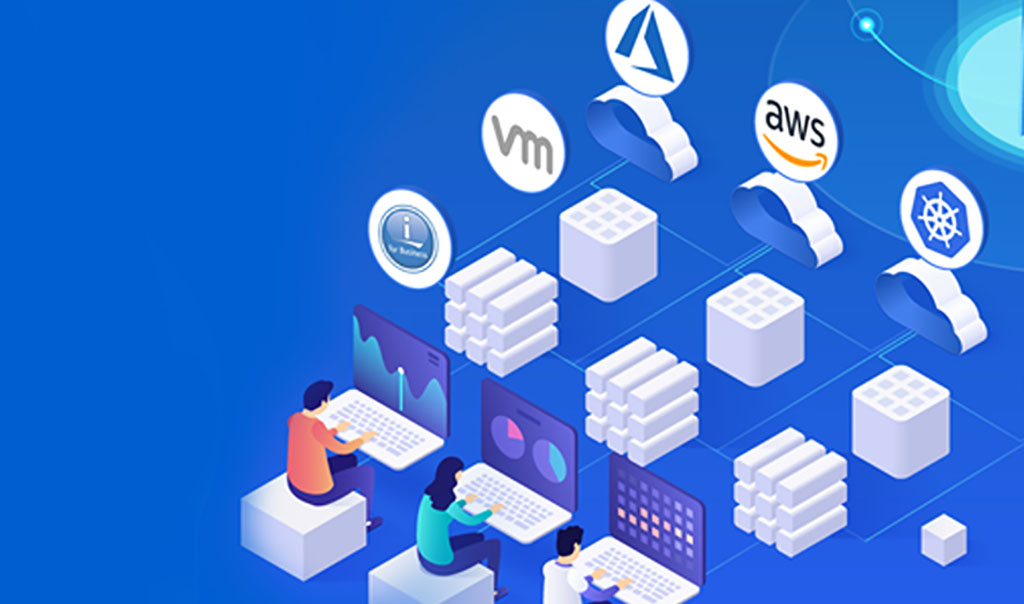Understanding Disaster Recovery Challenges in the Cloud and How to Overcome Them
Connectria
Author
Date
September 18, 2019

Having a disaster recovery plan for your cloud-based data should be a top priority for every business. It’s important to think not of if you’ll need disaster recovery but when. Disaster recovery is something that you need to be concerned with in order to be prepared. Proper preparation can help you avoid a true disaster with the potential to derail your operations. Below, we’ll take a closer look at what disaster recovery in the cloud entails and identify some key challenges. Additionally, we’ll discuss how you can prevent your organization from falling victim to unforeseen pitfalls and roadblocks.
What is DRaaS?
Disaster Recovery as a Service (DRaaS) is the replication and hosting of physical or virtual servers to the cloud (including the data and applications running on them) by a commercial hosting provider to enable failover of your primary systems, within a defined time period, in the event of man-made or natural disaster. Three important things to consider when developing a Disaster Recovery strategy:
- Recovery Time Objectives (RTO)
- Recovery Point Objectives (RPO)
- Network connectivity from your users to the applications now running in your DR environment(s)
A good cloud disaster recovery roadmap plans for the ability to continue service while also minimizing downtime. Another element incorporates a failover to a secondary location in the event of a failure. Once the “disaster” is resolved, data is sent back to its original location and regular service can resume.
Complications of Disaster Recovery in the Cloud
Having a disaster recovery plan with your cloud service provider doesn’t necessarily mean smooth sailing for your business. There are several significant challenges that come along with recovering data in the cloud including:
1 The time it Takes for Data Recovery
Cloud-based data recovery can happen quickly. In many cases, businesses suffer costly downtime that can have serious impacts. Some common areas affected include workflows, user experience, and company reputation. Why are there delays in data recovery? The main reason for disaster recovery-related downtime is bandwidth limitations. Cloud-based disaster recovery typically takes longer to correct because the bandwidth can’t compare to local systems, particularly because cloud service providers are working with multiple clients. For your business, limitations of bandwidth translate into longer downtime before data is restored and accessible.
2 Human and IT Resources Required
You may have a sound disaster recovery plan in place. It’s important to test your disaster recovery plan regularly. Think of it like a fire drill. Even though everyone in your office may know the protocol for evacuating a burning building, it’s still good to rehearse. This ensures your system is sound. In the same way, IT professionals cannot rely on a one-and-done disaster recovery plan.
The plan requires testing at regular intervals to ensure that it works. It’s also good for peach of mind, knowing all necessary systems are in place to make the recovery process run as quickly and as seamlessly as possible. You may also want to automate as much of your testing of the failover and failback process as possible to free up your human and IT resources. However, this also requires regular testing to make sure the automation is properly in place, particularly after any upgrades or changes are made. If you’re a smaller business, you may not have the resources or IT expertise to dedicate to disaster recovery development, monitoring, and testing.
3 Cost
It goes without saying that any business will want to establish a data recovery plan that minimizes costs as much as possible. While cloud-based computing comes with many reduced costs for businesses, there are still some financial factors to consider. Your business will want to find a service provider that can maintain a data recovery plan and deploy it with enough protection, but with as lean costs as possible. This will require some shopping around and asking critical questions about data recovery as part of your due diligence in finding a cloud-based service provider.
Disaster recovery can be a costly issue that can sideline your operations quickly. Depending on the size of your organization, you could be facing costs of tens or even hundreds of thousands of dollars when downtime strikes your business, hence why disaster recovery planning and testing can add up – it’s worth it. While your business may not operate on the same scale as Fortune 1000 companies studied in the estimate made above, the point remains that costs associated with emergency backup and lost profits from downtime are legitimate concerns.
Data Recovery Solutions for Your Business
Keep in mind that the above issues with disaster recovery are challenges, not brick walls. They can be overcome with the right strategy and managed service provider. The good MSP can offer all the disaster recovery strategies you need to rest assured that your data is protected while providing solutions for these potential roadblocks.
Connectria offers a full range of managed services, including disaster recovery. Our Disaster Recovery as a Service (DRaaS) provides clients with robust solutions for data recovery in the event of an emergency. Our DRaaS offers strategic solutions that enable failover of your essential systems. We prioritize recovery time objectives (RTO), recovery point objectives (RPO), and your users’ network connectivity to your applications.
Contact the Connectria team to learn more about how we can apply our DRaaS expertise to your organization. We employ the best systems and experts in the cloud services industry, with a heavy emphasis on disaster recovery in the form of 24/7 monitoring, support, and annual testing. Our industry-leading disaster recovery services work around the clock to ensure your data and your business’s wellbeing is fully protected.
Topics
Keep Reading
Prepare for the future
Tell us about your current environment and we’ll show you the best path forward.
Fast track your project. Give us a call.






